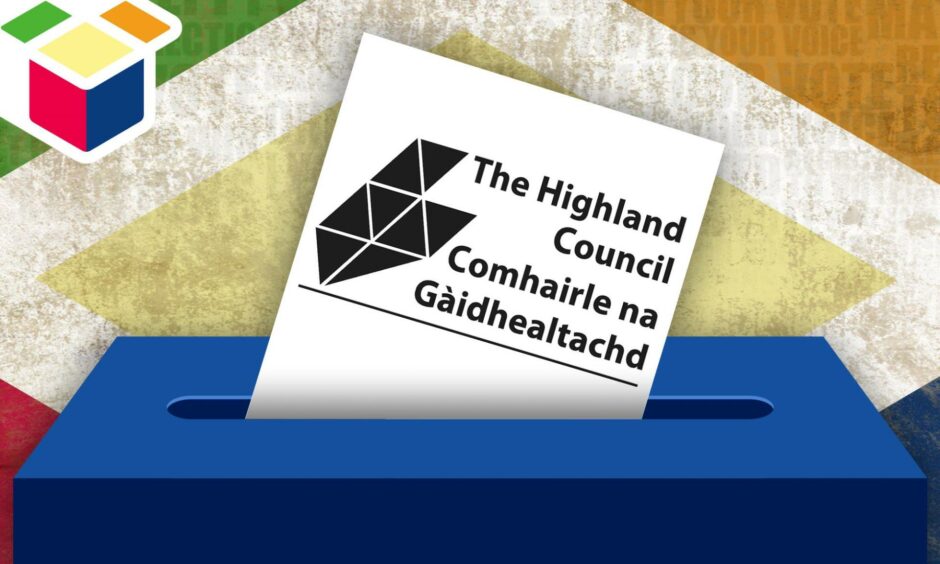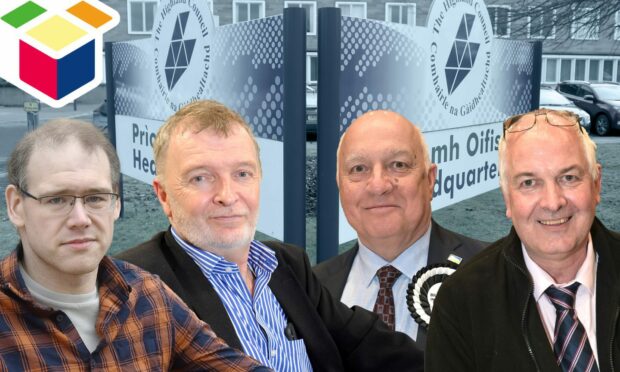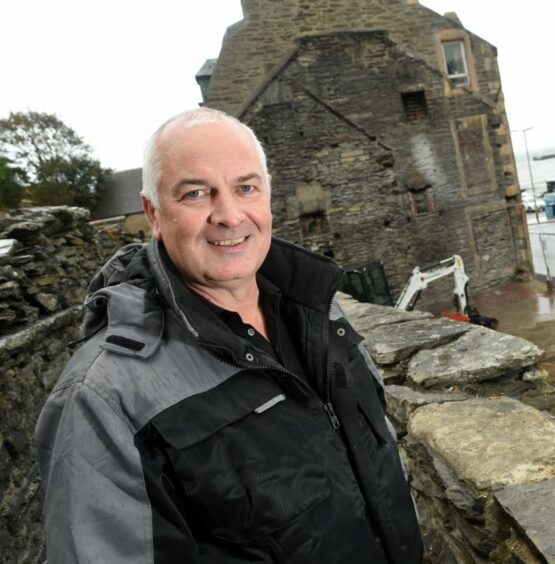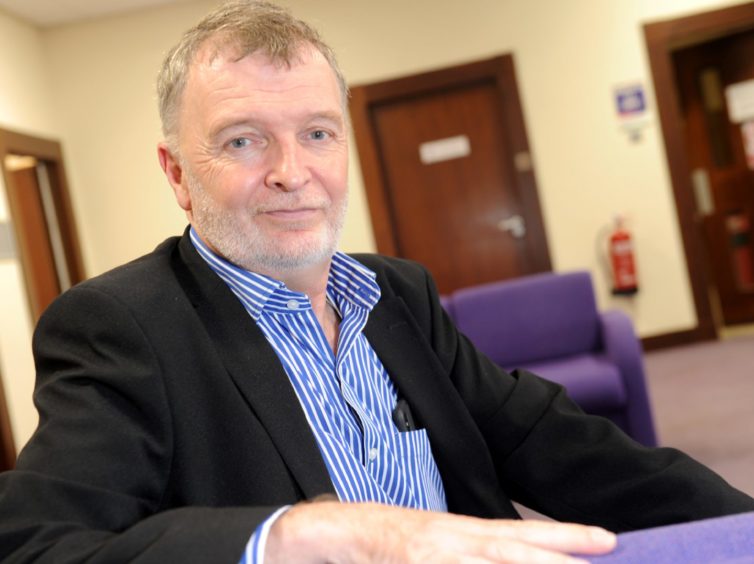After weeks of campaigning, the council elections are finally over.
But for the main political groups at Highland Council, a lot of the hard work is only just starting.
It was a strong election for the SNP as the party claimed more seats than the Independents for the first time.
But having said that, the 22 seats they did win still leaves them 16 short of forming an administration on their own.
That means there is a lot of negotiating to be done before we learn who will be leading things at the top.
Who will be calling the shots?
For those unfamiliar with local council politics, don’t worry.
There’s no need to be alarmed.
In national politics, the idea of a hung parliament and having to form a coalition is sometimes talked about like it’s an abject failure on everyone’s part.
But locally, it’s a very common occurrence.
Particularly within Highland Council, which doesn’t really know any other way.

The most recent administration was a coalition mainly led by the Independents, with support from the Lib Dems and Labour.
Before that, from 2012 to 2015, it was a coalition between the SNP, Lib Dems and Labour.
That was the first time the Independents played no part in the leadership of Highland Council – and the agreement collapsed after three years.
Despite their dwindling numbers – Independents won 28 seats in 2017 and 35 in 2012 – the smart money has them being involved in the new administration in some way.
A big weekend ahead
A straight agreement between the SNP and the Independents seems like the most likely outcome.
Those two combined would make 43 seats, taking them comfortably above the 38 needed for a majority.
That even leaves wiggle room for a few rogues who don’t want to be involved or form groups within groups.
SNP group leader Raymond Bremner’s phone will probably be ringing off the hook next week.
If it isn’t already.
After winning his own seat, councillor Bremner told the P&J: “Conversations are still to be had.
“I have spoken with our group, we have had a debrief.
“Highland communities look for us to do the best and that is going to take some time.
“We will take the weekend to think about that to speak with some leads and let’s see where we take it from there.”
What are the other options?
Party rivalry isn’t normally so severe at a local level, so it’s harder to say for certain that some parties won’t work together no matter what.
But it’s still a factor.
That’s part of the reason why the Independents are more likely to be involved in an administration than any other, there’s less baggage.
It would be extremely surprising to see the Highland SNP link up with the Conservative Group led by Andrew Jarvie.
Despite the fact those two group leaders now share a ward in Wick.
The Lib Dems had a good election, increasing their number of councillors from 10 to 15.
That increases the likelihood of them maintaining interest in the new administration, but it’s far more likely that they would do so as a junior member with Independents, rather than the SNP.
Getting those two back together would give them 36 – two under the number required – but further help from Labour’s two or the Greens’ four would get them over the line.
An SNP-Lib Dem coalition is also possible.
But after the breakdown of their Highland relationship in 2015, it seems like one of the less likely options.
With four Greens – three higher than last time – the party is in its best-ever position to push for change to the active travel network.
One way or another, we’ll know soon enough who will be making the big decisions at Highland Council.
Until then, the jockeying for position will continue at pace behind closed doors.


